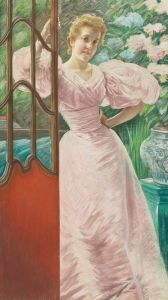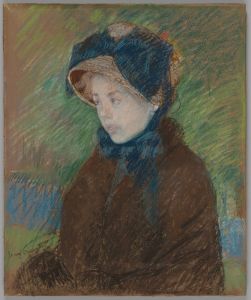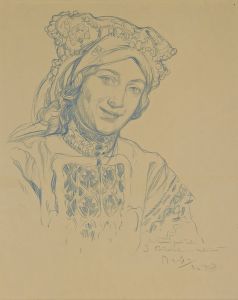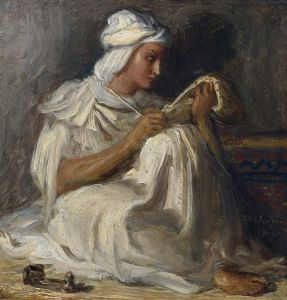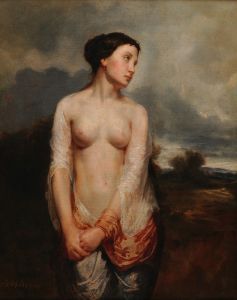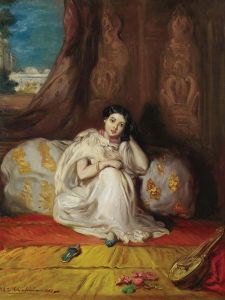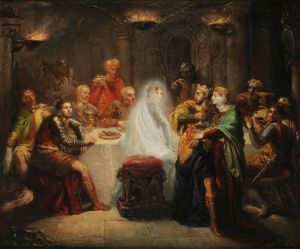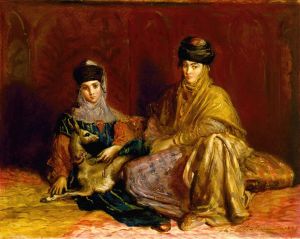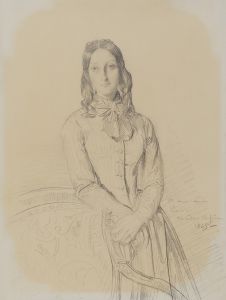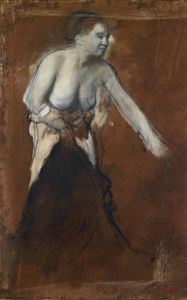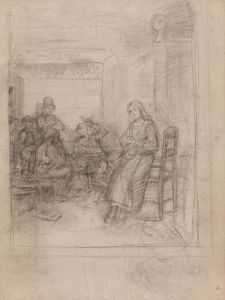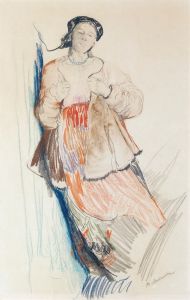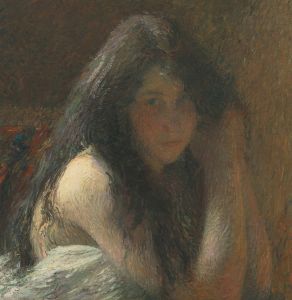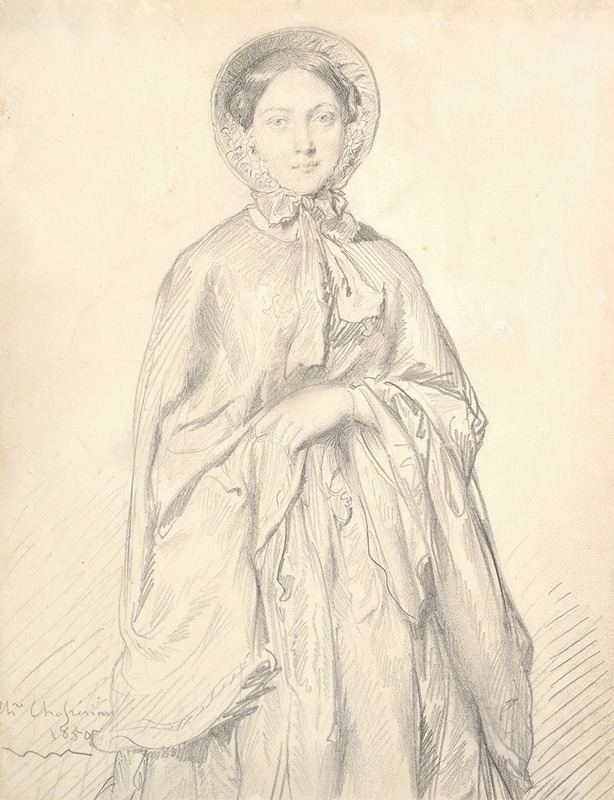
Portrait of a Young Woman Wearing a Cloak and Bonnet
A hand-painted replica of Théodore Chassériau’s masterpiece Portrait of a Young Woman Wearing a Cloak and Bonnet, meticulously crafted by professional artists to capture the true essence of the original. Each piece is created with museum-quality canvas and rare mineral pigments, carefully painted by experienced artists with delicate brushstrokes and rich, layered colors to perfectly recreate the texture of the original artwork. Unlike machine-printed reproductions, this hand-painted version brings the painting to life, infused with the artist’s emotions and skill in every stroke. Whether for personal collection or home decoration, it instantly elevates the artistic atmosphere of any space.
Théodore Chassériau's Portrait of a Young Woman Wearing a Cloak and Bonnet is a painting attributed to the French Romantic artist, who is renowned for his distinctive style that blends elements of Romanticism and early Symbolism. Chassériau (1819–1856) was a highly influential painter of the 19th century, known for his portraits, historical scenes, and Orientalist works. This particular painting is an example of his skill in capturing the individuality and emotional depth of his sitters.
The artwork depicts a young woman dressed in a cloak and bonnet, attire that reflects the fashion of the mid-19th century. The subject's identity is not definitively known, and there is no conclusive evidence regarding her social status or relationship to the artist. However, the painting demonstrates Chassériau's ability to convey a sense of intimacy and personality through his use of delicate brushwork and attention to detail. The muted color palette and soft lighting emphasize the sitter's features, creating a serene and contemplative mood.
Chassériau's portraits often reveal his interest in exploring the psychological depth of his subjects, and this work is no exception. The young woman's expression is subtle yet evocative, suggesting a quiet introspection. The artist's technique, characterized by a blend of precise detail and painterly softness, reflects his training under Jean-Auguste-Dominique Ingres, as well as his later departure from Ingres' strict Neoclassical style to embrace the more emotive qualities of Romanticism.
The painting is believed to have been created during the 1840s or 1850s, a period when Chassériau was at the height of his artistic career. During this time, he produced numerous portraits that showcased his ability to capture the essence of his sitters while experimenting with composition and technique. While Portrait of a Young Woman Wearing a Cloak and Bonnet is not among Chassériau's most famous works, it exemplifies his talent for portraiture and his sensitivity to the human form.
The current location of the painting is not widely documented, and it is unclear whether it resides in a public collection, private ownership, or remains otherwise inaccessible. As with many of Chassériau's works, the painting continues to be appreciated for its artistic merit and its contribution to the broader understanding of 19th-century French art.
This portrait remains a testament to Chassériau's legacy as a masterful painter who bridged the gap between Neoclassicism and Romanticism, leaving an indelible mark on the history of art.





